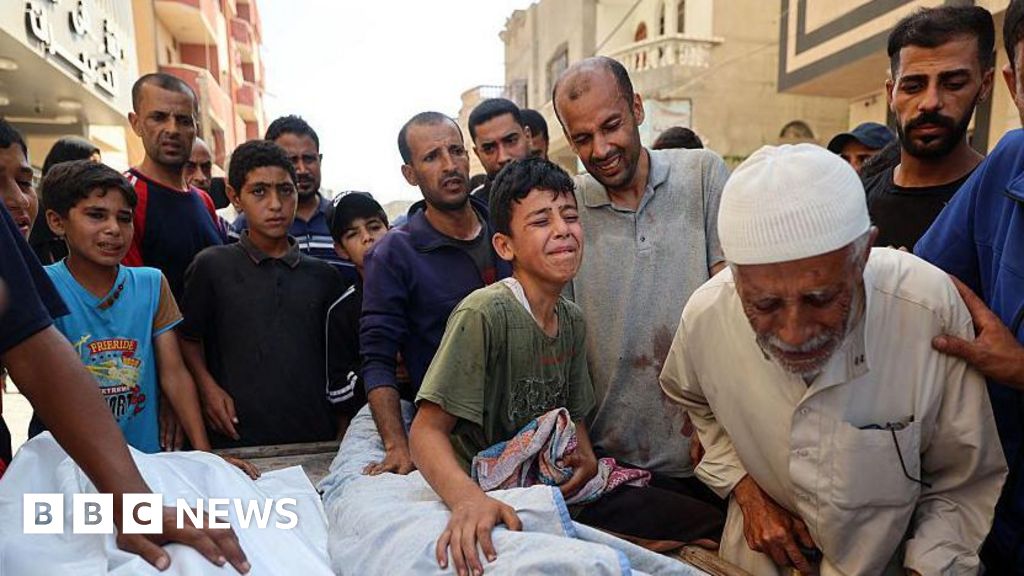Bangladesh's Garment Workers Face Uncertain Future as US Tariffs Loom

Bangladesh's Garment Workers Face Uncertain Future as US Tariffs Loom
The vibrant garment industry in Bangladesh, a cornerstone of the nation's economy and a vital source of employment for millions, is facing a significant threat. A recently imposed 35% tariff by the United States, under the Trump administration, is sending ripples of anxiety through garment hubs across the country, potentially jeopardizing countless jobs and disrupting a critical export sector.
Bangladesh is the world's second-largest apparel exporter, with the United States being its primary market. The industry accounts for over 80% of Bangladesh's total exports and provides livelihoods for approximately 4.1 million workers, predominantly women. This new tariff directly targets this crucial trade relationship, raising serious concerns about the future stability of the sector.
The Impact of the Tariff
The 35% tariff, implemented in response to broader trade disputes, significantly increases the cost of Bangladeshi garments for U.S. retailers and consumers. This added expense could lead to a decrease in demand, resulting in reduced orders from U.S. buyers. Garment factories, already operating on tight margins, may struggle to absorb these additional costs, forcing them to consider drastic measures, including layoffs and factory closures.
Ripple Effect Across the Economy
The consequences extend far beyond the garment factories themselves. The industry's impact is deeply interwoven with other sectors, including textiles, shipping, logistics, and supporting industries. A downturn in the garment sector would trigger a chain reaction, affecting countless businesses and individuals across the country. Reduced export earnings would also negatively impact Bangladesh's foreign exchange reserves and overall economic growth.
Worker Concerns and Mitigation Strategies
The primary concern is the potential for widespread job losses. Garment workers, many of whom are from rural areas and rely solely on their factory jobs to support their families, are facing an uncertain future. The government and industry stakeholders are exploring various mitigation strategies, including:
- Diversifying Export Markets: Reducing reliance on the U.S. market by actively seeking new export destinations in Europe, Asia, and other regions.
- Improving Competitiveness: Investing in technology upgrades, enhancing worker skills, and streamlining production processes to improve efficiency and reduce costs.
- Negotiating with the U.S. Government: Engaging in diplomatic efforts to address the tariff concerns and explore potential exemptions or reductions.
- Supporting Affected Workers: Implementing social safety nets and providing retraining opportunities for workers who may lose their jobs.
Looking Ahead
The future of Bangladesh's garment industry hangs in the balance. While the sector has demonstrated remarkable resilience in the past, navigating this new challenge will require proactive measures, strategic planning, and strong collaboration between the government, industry, and workers. The ability to diversify markets, enhance competitiveness, and adapt to evolving global trade dynamics will be crucial for ensuring the long-term sustainability of this vital industry and the livelihoods of millions of Bangladeshis. The situation underscores the importance of a stable and predictable global trade environment for developing economies like Bangladesh.





